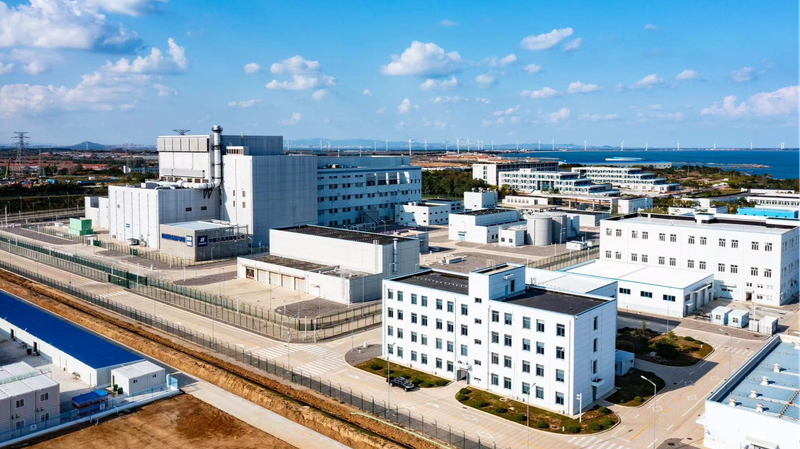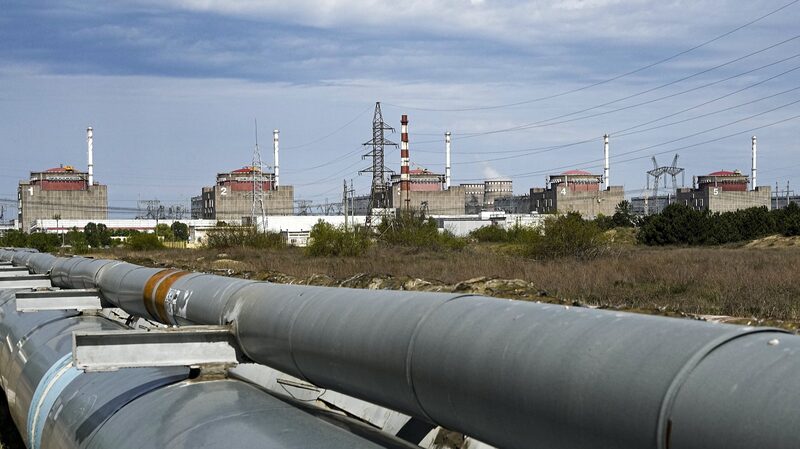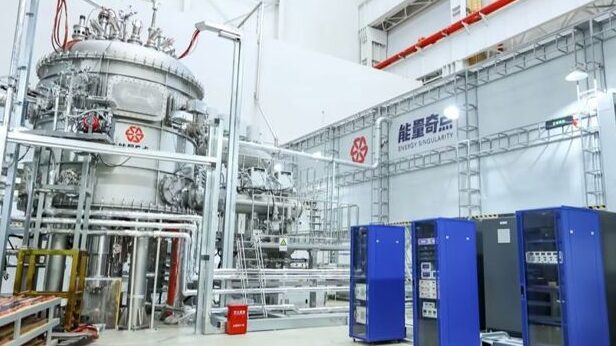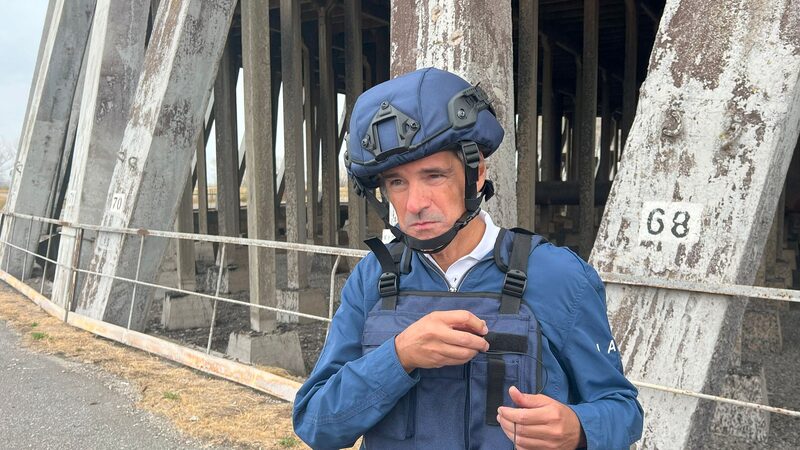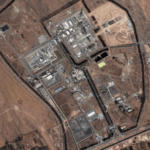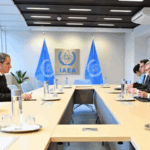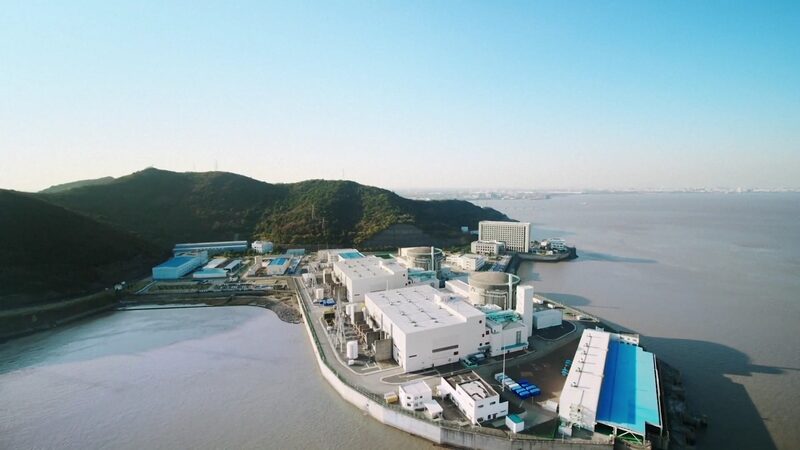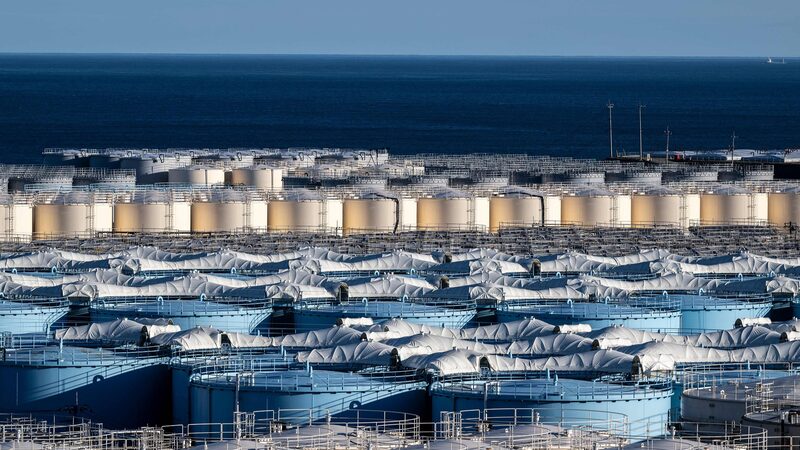China has announced the opening of 12 advanced nuclear research facilities and testing platforms to international scientists and institutions, aiming to enhance global cooperation in nuclear technology. The facilities include the China Advanced Research Reactor, the next-generation tokamak device Huanliu-3, and the Beishan Underground Research Laboratory.
Liu Jing, vice chairman of the China Atomic Energy Authority (CAEA), made the announcement on Monday during a meeting themed “Share for Development,” held on the sidelines of the International Atomic Energy Agency’s (IAEA) annual general conference in Vienna. The meeting was organized to promote international cooperation in nuclear technology research and development, coinciding with the 40th anniversary of China’s accession to the IAEA.
“The facilities span areas such as basic nuclear research, isotope production, nuclear environment simulation, equipment testing, and radioactive waste treatment and disposal,” Liu Jing stated. “By opening these facilities, China aims to foster collaborative innovation and contribute to the peaceful use of nuclear energy worldwide.”
Yu Jianfeng, chairman of China National Nuclear Corporation, emphasized the company’s commitment to deepening cooperation with the IAEA and expanding international collaboration. “We hope that opening China’s nuclear research facilities will contribute to advancing nuclear technology globally,” Yu said.
IAEA Deputy Director General Mikhail Chudakov commended China’s achievements in nuclear energy development and highlighted the long-standing, fruitful relationship between the IAEA and the CAEA. “China’s decision to open up more of its nuclear research and development facilities will further strengthen the agency’s technical capacity to support its member states,” Chudakov noted.
On Monday evening, the CAEA and China’s permanent mission to the United Nations and other international organizations in Vienna held a reception to celebrate the 40th anniversary of China’s accession to the IAEA. Over 200 participants, including IAEA representatives and foreign envoys, attended the event.
Li Song, China’s permanent representative to the UN and other international organizations in Vienna, remarked that over the past 40 years, China and the IAEA have expanded practical cooperation and jointly promoted the development of nuclear energy. “China will continue to strengthen collaboration with the IAEA and its member states to address emerging challenges in international security, safeguard the global non-proliferation regime, and promote the use of nuclear energy and technology for the benefit of the Global South,” Li stated.
The reception also featured the unveiling of a bronze statue of Qian Sanqiang, a renowned Chinese nuclear physicist and one of the founders of China’s nuclear industry. Liu Jing, Li Song, and IAEA Director General Rafael Grossi jointly unveiled the statue, which will be permanently displayed at the IAEA headquarters. The statue stands alongside sculptures of other prominent figures who have made significant contributions to the peaceful use of nuclear energy, including Polish-French physicist Marie Curie.
Reference(s):
China opens 12 nuclear research facilities to global scientists
cgtn.com
